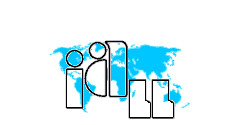Article Title
Exchanging Books in Western Europe: A Brief History of International Interlibrary Loan
Abstract
Peiresc would be thrilled to see the amount of borrowing and lending in today’s world. Twenty-first century librarians and library patrons think of international interlibrary loan as a viable, economical, and natural option. Internet technology, library consortia and organizations (especially OCLC and IFLA), and reliable, cost-efficient couriers and postal services have made international lending quick and dependable. In fact, on a daily basis one can observe articles and information being exchanged via informal international electronic listservs as well as through formalized lending procedures. The once-held notion that one must wait months or years (or possibly forever and never) to receive a book or document that can only be found half-way around the world is today inconceivable. In the not-to-distant future, projects such as Microsoft Live Search Books and Google Book Search and print-on-demand possibilities promise to bring books from far away lands and otherwise inaccessible libraries to people even more quickly, without the need for patrons to undertake the formal lending procedure at their own libraries.
Recommended Citation
Miguel, Teresa M.
(2007)
"Exchanging Books in Western Europe: A Brief History of International Interlibrary Loan,"
International Journal of Legal Information: Vol. 35:
Iss.
3, Article 7.
Available at:
https://scholarship.law.cornell.edu/ijli/vol35/iss3/7
